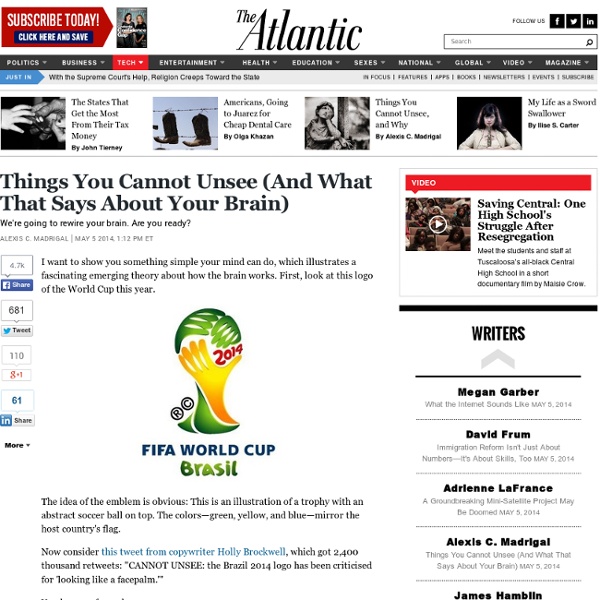Why every face you draw looks a little Neandertal
Let’s try an experiment: Draw a face. Nothing fancy, just an oval with eyes, nose, mouth, some hair. What you’ve produced probably looks like a cartoon Neandertal. Just about everyone tends to draw faces with the eyes too high on the head, resulting in a low forehead and a rather cretinous look. It’s not just a matter of artistic talent. In reality, your eyes are right about in the middle of your head, measured vertically. “Even in painting courses, people start with exactly this bias,” Carbon says. In an experiment, people drew the eyes unnaturally high (average shown in red) when trying to draw faces from memory (top row). C.C. So Carbon and his colleague Benedikt Emanuel Wirth, both at University of Bamberg, started by asking people to draw a face in a blank box. Sadly, they only did a little better by copying. Finally, Carbon and Wirth looked at depictions of faces in research papers by three well-known researchers who study face recognition.
How to live longer: Find your purpose in life - Science - News
According to the researchers, their results suggest that creating a purpose for yourself could promote healthy ageing throughout adulthood. “Our findings point to the fact that finding a direction for life, and setting overarching goals for what you want to achieve can help you actually live longer, regardless of when you find your purpose,” says lead researcher Dr Patrick Hill of Carleton University in Canada. Purposefulness has previously been found to be one of the strongest predictors of longevity, but this is the first study in which this effect has been isolated from other psychological and social influences on lifespan. It is also the first to include younger age groups. Having a sense of purpose was consistently linked to longer life across all age categories, leading Dr Hill to believe that “the earlier someone comes to a direction for life, the earlier these protective effects may be able to occur."
The Art of Wisdom and the Psychology of How We Use Categories, Frames, and Stories to Make Sense of the World
by Maria Popova The psychology of how we use frames, categories, and storytelling to make sense of the world. “It’s insulting to imply that only a system of rewards and punishments can keep you a decent human being,” Isaac Asimov told Bill Moyers in their magnificent 1988 conversation on science and religion. And yet ours is a culture that frequently turns to rigid external rules — be they of religion or of legislature or of social conduct — as a substitute for the inner moral compass that a truly “decent human being” uses to steer behavior. So what can we do, as a society and as individual humans aspiring to be good, to cultivate that deeper sense of right and wrong, with all its contextual fuzziness and situational fluidity? Schwartz and Sharpe write: External rules, while helpful in other regards, can’t instill in us true telos. People who are practically wise understand the telos of being a friend or a parent or a doctor and are motivated to pursue this aim. The world is gray.
Body Language of the Hands
“Among all species, our human hands are unique -- not only in what they can accomplish, but also in how they communicate. Human hands can paint the Sistine Chapel, pluck a guitar, maneuver surgical instruments, chisel a David, forge steel, and write poetry. They can grasp, scratch, poke, punch, feel, sense, evaluate, hold and mold the world around us. Our hands are extremely expressive; they can sign for the deaf, help tell a story, or reveal our innermost thoughts.” (“ What Every Body is Saying , ” Harper Collins) No other species has appendages with such a remarkable range of capabilities. And yet if you asked most people about the nonverbals ( body language ) of the hands, they would be hard pressed to tell you all the things the hands reveal. It is interesting that our brain gives a disproportionate amount of attention to the fingers, and hands, as compared to the rest of the body. Our human need to see hands is so important you can try a simple experiment. .



